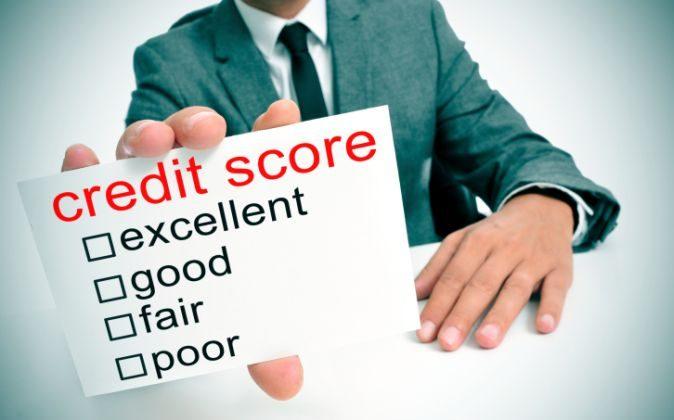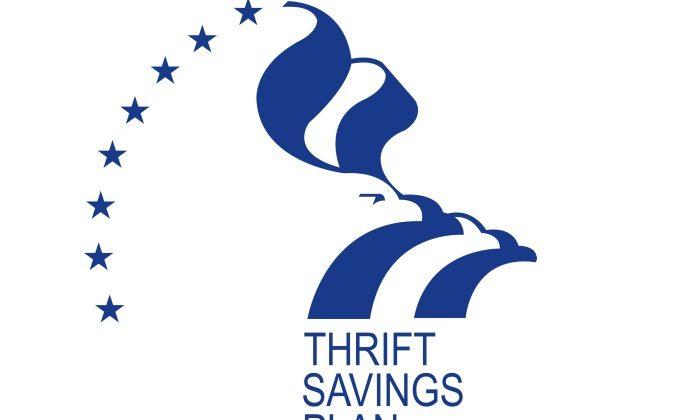The best way to understand how to build credit is to first understand how credit scores are composed. The score we will be using in this guide is the score issued by the Fair Isaac Corporation (FICO), for it is the industry standard and the one that lenders use.
35% of your score comes from your payment history. A good way to keep this up is to simply pay at least your minimum payment and to pay all of your bills on time every month.
30% of your score comes from your amounts owed. The amounts owed are combined between the total amount you owe on your installment loans, any mortgages you have, and the percentages of your revolving accounts that you are using.
15% of your score comes from the length of your credit history. Your credit history is calculated based on the length of your oldest account. FICO high scorers had an average account length of seven years.
10% of your score comes from the types of credit used, such as installment loans, revolving accounts, and mortgages.
The final 10% of your score comes from the amount of new credit you have. Generally, the less credit you use, the better.
A good way to start building credit is to get a secured card. Secured credit cards function like regular cards except that they are secured by a deposit made by the cardholder. Usually, the deposit is equal to the amount of the credit limit.
When you get such a card, never use more than seven percent of your credit limit. Many guides on the internet will tell you 30% is the magic number. And, 30% is indeed a good landmark. Balances of less than 30% are much better on your score than balances over 30%. But, FICO themselves say that the highest scorers keep their balances at no more than seven percent.





Friends Read Free